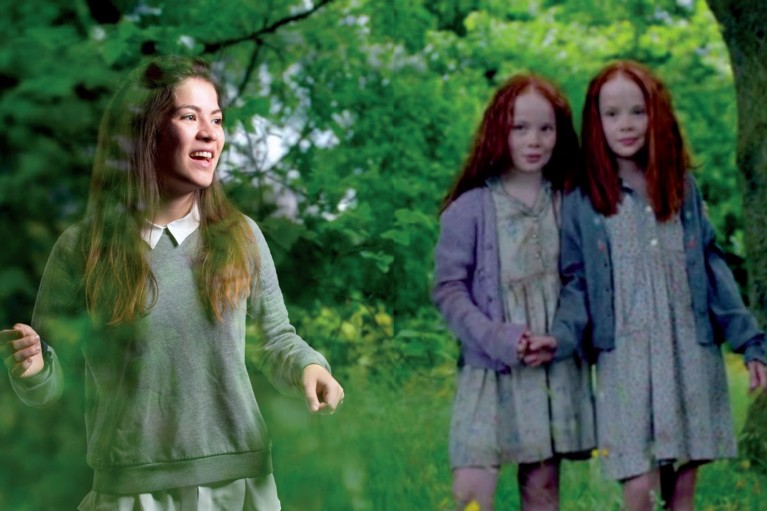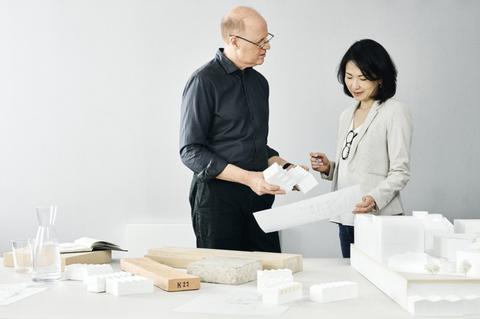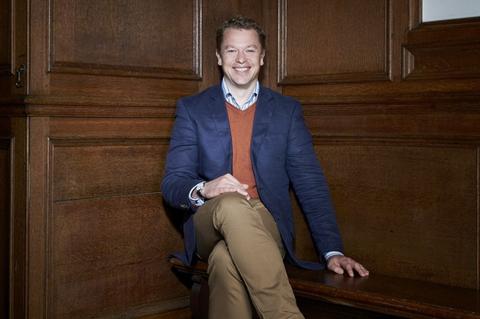Charlotte – Heyday Films
I spent a fortnight in Leeds in 2012, working on set and in the art department for Heyday Films, who were producing a film The Thirteenth Tale for screening on BBC Two in December 2013.

The Thirteenth Tale is based on a novel by Diane Setterfield, which shot to No. 1 in the New York Times best seller list in 2006. It is a gothic novel about Margaret Lea, a biographer unravelling the hitherto unknown story of a famous novelist, Vida Winter. It was very exciting to work with an excellent cast: Olivia Coleman played Margaret and Vanessa Redgrave was Vida Winter, with Sophie Turner (Sansa in Game of Thrones) as Vida Winter’s young self (or sibling).
The story is narrated through what Margaret hears from Vida and through Margaret’s own experience of being a biographer of a story, which has resonances with her own. Vida had become famous for her collection of 12 tales, which in its first edition been printed as Thirteen Tales of Change and Desperation. This had caused speculation throughout her career: what was the thirteenth tale? Vida’s telling of her own life story turns out to deliver the thirteenth tale to us.
It was very valuable for me to see the real challenges and pleasures of the production of a feature film. The resources available in the University tend to result in people channelling their interests into the more established student theatres. I had done set design for the ADC and volunteered for Watersprite (the Cambridge International Student Film Festival), but my experience with Heyday Films was key in helping me to decide whether this was an area I really wanted to go into.
I studied History of Art and was keen to see how else I could apply my visual sensitivity beyond fine art. As such, the idea of production design seemed very compatible, as the task is to construct a visual story with the set and setting, working with the costume and lighting departments to make a continuous atmosphere. In fact, I ended up finding other aspects of filmmaking more interesting.
Every piece of paper in a film is consciously designed, made and placed. A good construction of a character, place and time is all in the detail. Graphic design was particularly important in The Thirteenth Tale because Vida is a famous novelist. The appearance of the covers of Vida’s books was very important in building a sense of her image to the public within the novel and of the kind of books she wrote. I helped Camise Oldfield bind the many book covers she had designed. Camise made the covers with linoleum prints reproduced in the thick shiny paper particular to hardbacks and worked inlaid gold lettering to look like novels that would not look out of place next to a collection of hardbound classics. Most of these book covers were only a detail in a wider shot, but they contributed to a complete picture. Beyond the book covers, every newspaper and letter had to be carefully chosen. A scene with papers strewn across the desk meant that bills, doctor’s notes and letters needed to be made in such a way that they looked plausible for the 1950s.
Production design is the art of smoke and mirrors. We are led to believe that the stately homes of Vida’s past and current lives are complete buildings, when they are in fact compilations of many real locations and built sets. The base for the production office was in Leeds, and the stately homes used for filming were all within driving distance, including Burton Agnes Hall, Broughton House, Brodsworth Hall and Wentworth Woodhouse.
The fine library of Vida’s past house is a listed building with tall neoclassical pilasters and rows of historical books, so it needed to be reconstructed for the scene in which there is a fire. This was all filmed in one day, which I watched from the back of the set. It was impressive to see what was essentially a three-sided box propped up with simple supports in a large industrial warehouse. All lights were focused on the inside, which so convincingly recreated the library that from the dark, bustling area behind the camera, the set already seemed like a screen.
Nothing is tied-down on set. Being a good production designer means being quick on your feet, as immediate changes might be needed. One morning during the four-week filming process, Vanessa Redgrave and the director agreed that the current set-up was too chintzy for her fiery, if elderly, character. The set for Vida’s bedroom as an elderly lady was changed in one morning while I was there, causing the whole art department to scramble and work together.
The process of converting a book into a film was fascinating. I read the script before arriving and the novel in the evenings while I was there, and started to notice the various losses and gains that occur between the conversion to script and then film. Production design gains a new relevance when you think about how a novel loses all descriptive elements when converted into dialogue, and how the design of the film needs to support the actor’s interpretation of his or her character.
While not necessarily surprised after the clichéd media portrayal of the crowded Hollywood film studio, I was still impressed at the work that went into the film. Preparation had started over a year previously, and I must have seen over 100 parked cars and tens of trailers. This was something I found very exciting and it made me realise that whatever career I decide to pursue in the future, I want to work as part of a large team that makes something new. I would like to thank the donors who made it possible for me to take full advantage of this wonderful opportunity.


